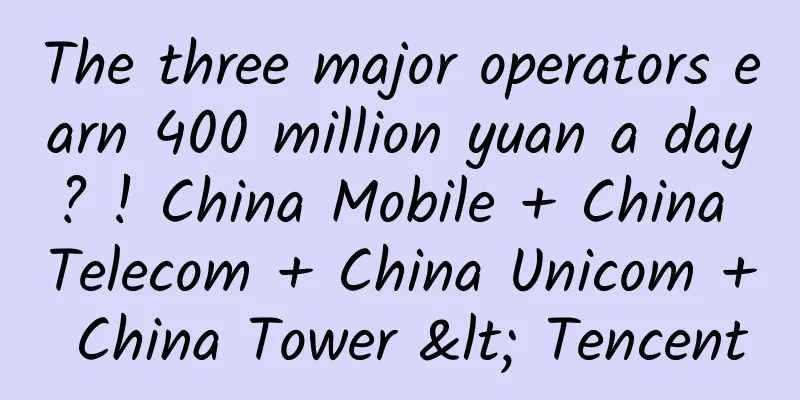5G and WiFi6 technologies are driving the development of the Internet of Things

|
The strategic combination of 5G and WiFi6 networks is catalyzing a new era of digital connectivity, with both networks supporting and enabling connected IoT devices. This powerful connectivity synergy is driving a significant shift in the IoT ecosystem as it delivers higher reliability, lower latency, higher speeds, and a more consistent user experience. 5G and WiFi6 technology make new digital-intensive applications better, more convenient, more available, and even more cost-effective. In addition, it will significantly improve the quality of our lives, both personally and professionally, and in many ways. According to data forecasts, there will be more than 41 billion IoT devices by 2025. The huge number of IoT devices will increase the demand for ultra-low latency, higher reliability, large-scale network capacity and higher availability. These are all provided by 5G technology because it provides a consistent user experience by creating a more stable connection. 5G networks are empowering smart cities in many areas in innovative new ways. Through the power of 5G, city governments are building capabilities in areas such as waste management, road and pedestrian safety, wayfinding, and emergency response systems. 5G is also revolutionizing various industries, especially factories, warehousing and manufacturing. Smart factories running on IoT devices and powered by 5G communications are delivering automation and smart workplaces driven by fast data speeds and ultra-low latency. Challenges IoT devices bring to 5G networksIn today’s data-driven and data-centric economy, 5G IoT deployments will continue to be subject to an endless array of online security threats. This challenge continues to drive cloud-based service providers to ensure that networks and customer data are as impenetrable as possible to protect user data and privacy. At the same time, IT departments will need greater visibility into the network to track connected devices, estimate multi-path service level agreements, and use artificial intelligence and machine learning to further enhance user capabilities and user experience. While this security investigation is necessary and beneficial, it does not absolve end users of their responsibility to be more careful and cognizant of their data and privacy. Therefore, the successful and secure transition of many connected devices and connected systems to 5G becomes a shared responsibility of all parties, from end users to telecom and cloud service providers, to design engineers to system builders. SummarizeThe integrated ecosystem of 5G and WiFi6 technologies is changing the communication landscape of connected systems. When these technologies are strategically integrated in an optimal way, every industry will benefit accordingly. Through the open roaming capabilities provided by Wi-Fi6E, manufacturers can easily interconnect public 5G networks with private WiFi6E networks, and in turn, the two technologies can work together to provide a more powerful and satisfying user experience. In addition, private 5G is able to provide faster and more secure connections for all technologies and use cases from the supply chain to the factory floor to the campus environment, as well as all types of customer contacts. The bottom line is that next-generation 5G and WiFi6 networks are already here and can be deployed now. Today, smart businesses and government agencies are using 5G and WiFi6 to leverage cutting-edge technologies such as IoT, AI, AR/VR, etc. to improve business processes, create more immersive user experiences, and improve overall quality of life. By enabling more mission-critical IoT devices to reliably connect over wireless networks, the industry as a whole is creating a better digital future, accelerating advances in healthcare, education, governance, and sustainability, from which we will all benefit. |
<<: How will 6G change the workplace?
>>: Four tips for network capacity planning and configuration
Recommend
Top 9 bandwidth monitoring tools for enterprise networks
【51CTO.com Quick Translation】Bandwidth usage is o...
A comprehensive guide to IP addresses
IP address is a term that everyone is familiar wi...
2022 UBBF | Huawei iMaster NCE promotes FTTR intelligent monetization
[Bangkok, Thailand, October 28, 2022] Recently, t...
Long-term validity! Tencent Cloud Server Flash Sale starts at 88 yuan per year, Hong Kong 1C2G1M starts at 299 yuan per year
Tencent Cloud's 10th anniversary thanksgiving...
ZJI newly launched Hong Kong cluster server, 4C segment 238 IP monthly payment starts from 1400 yuan
This month, ZJI launched a new server cluster in ...
Ruishu Information: The fast-moving consumer goods industry faces severe API attacks, and API security governance is imperative
In the digital age, traditional fast-moving consu...
China Mobile: Ready for 5G commercial use, new packages to be released in October
At the China Mobile 5G+ Innovation and Cooperatio...
“Double Eleven” flash sale strategy: Which is faster, 5G or Wi-Fi 6?
The second wave of "Double Eleven" is c...
5G messaging has started commercial trials. Can it change the current instant messaging landscape? Will it replace WeChat?
Since the release of the "5G Message White P...
As 5G price war begins, US operators also adopt "Internet thinking"
After taking the lead in the world in 5G network ...
BudgetVM: Los Angeles/Dallas/Chicago/Japan/Hong Kong dedicated servers starting at $49 per month
BudgetVM is a local data center founded in 2015. ...
China's three major operators will be delisted in the United States on March 9
On January 28, China Telecom, China Mobile and Ch...
EBS Lens, a powerful tool for block storage monitoring and service stress testing and tuning, is released
EBS Monitoring Status Block storage is a block de...
LOCVPS 20% off: 29.6 yuan/month - 1GB/30GB/400GB@100Mbps/Osaka, Japan
LOCVPS is a domestic hosting company founded in 2...
HostDare: 10% off on CKVM series VPS, Los Angeles CN2 GIA line VPS starting at $44.99 per year
Including the Los Angeles NVMe SSD KVM VPS series...









